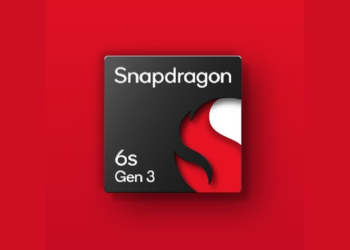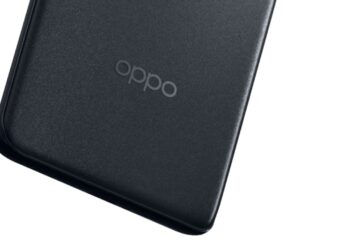MediaTek for the longest time has not been competitive in the high-end market for Android flagship devices. This high-end market has long been dominated by Qualcomm SoCs due to their much superior performance while still being more efficient. MediaTek on the other hand focussed on the middle-range and entry-level smartphone segment, as well as making processors for smart TVs and other similar devices. This, however, might all change with MediaTek’s new chip, the Dimensity 9000.
The Dimensity 9000 brings a lot of firsts to the industry, including being the first SoC to be made on the TSMC 4 nm process and possessing the first ARM v9 CPUs which includes a Cortex-X2 core at 3.05 GHz, 3x Cortex-A710 cores at 2.85 GHz and 4x Cortex-A510 cores at 1.8 GHz. The ARM v9 CPUs will be paired with LPDDR5x RAM that runs at 7,500 Mbps although chips running at 6,400 Mbps will be supported as well.
Comparing the Dimensity 9000 to its rivals, the Cortex-X2 at 3.05 GHz is clocked higher than the X1 core of the Snapdragon 888 and Exynos 2100 and also has 1 MB of L2 cache. When it comes to single-core performance, MediaTek claims up to a 35% system-level performance bump and up to a 10% improvement in core-level performance over the current Android flagship, which they do not mention by name, although it seems likely to be the Snapdragon 888.
The Cortex A-710 middle cores have 512 KB L2 caches and are clocked at 2.85 GHz, which is similar to the Cortex-A78 at 2.8 GHz found in the Exynos 2100. Lastly, the Cortex-A510s have a redesigned pipeline, with each core getting its own 256 KB L2 cache.
These features in theory should make the Dimensity 9000 outperform any Android flagship SoC currently and their immediate next iteration, while bringing it on par with the performance of the Apple A15 in terms of multi-core performance.
In their press release, MediaTek also mentions the Dimensity 9000 is the first chip to use Mali-710 MP10 GPU running at 850 MHz with support for Vulkan ray tracing in Android and up to 180 Hz FHD+ full bit HDR adaptive displays. It is important to note that the ray tracing is software-based rather than the more common hardware-accelerated ray tracing.
When it comes to video support, the Dimensity 9000 has support for 8K30 and 4K120 encode along with 8K60 decode for the H.265/HEV, H.264 and VP9 codecs. Another first is that the Dimensity 9000 becomes the first mobile SoC to have support for 8K30 AVI.
The 4nm process from MediaTek sees them claim efficiency that rivals that of the Apple A15 Bionic. Power consumption figures that are 40% lesser in idle, 65% lesser in multimedia, and 25% lesser in gaming.
Imaging wise, the Dimensity 9000 has an HDR ISP that allows capturing HDR video from three cameras at the same time. On optimum conditions, the new ISP will allow for a single 320 MP camera or triple 32 MP cameras with an overall 9 GPix/s processing throughput.
However, these figures being taken from optimum conditions in controlled environments are unlikely to directly translate to real-world performance, and slightly lower figures from those quoted are the norm. This, however, does not take away anything from the latest flagship from MediaTek, as it certainly brings some fire to the competition.











